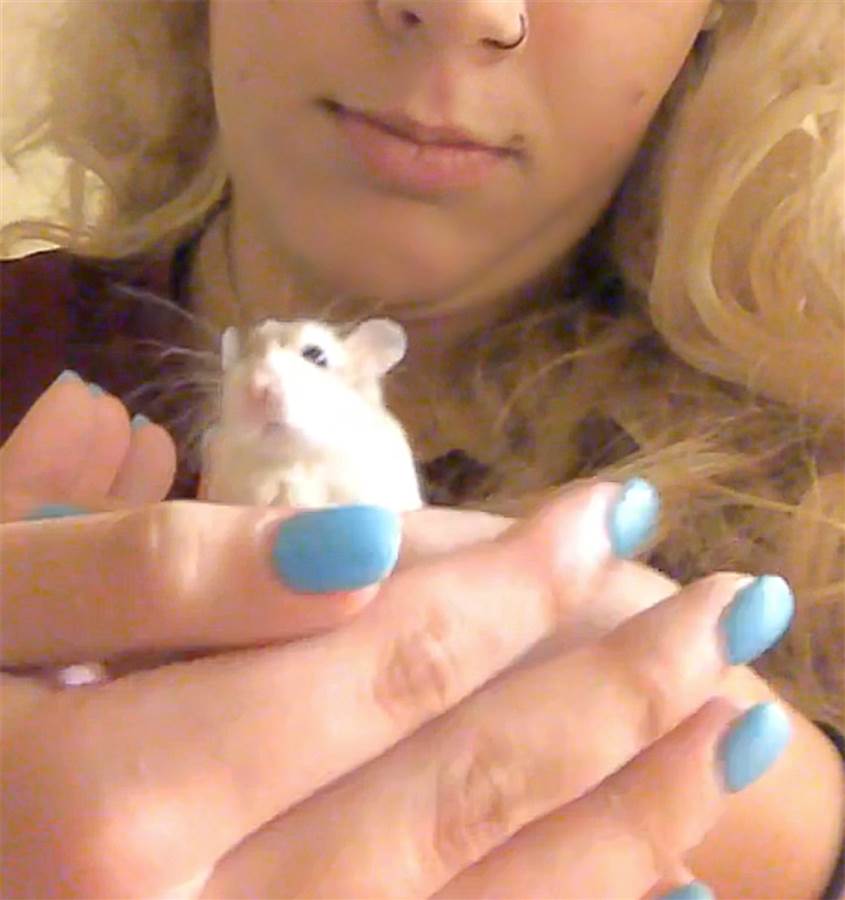Psychology Today has just published a piece about evidence which could answer a disturbing question: do animals have the ability to rationalize their situation enough to opt for suicide?
A number of examples were cited. The most disturbing was one published in Raw Story. A mother bear in China broke free and ran to her cub after hearing the cub cry during a procedure of medical torture. The mother bear then smothered her cub and ran into a wall killing herself.
Bears in captivity have been observed doing un-bear like behaviour, such as attempting to gnaw off their paws, repeatedly hitting themselves on their chests or ramming their heads against their cage.
Philosophy professor David M. Peña-Guzmán, who teaches in the Humanities and Liberal Studies department at San Francisco State University recently published an article in the Journal Animal Sentience which supports the idea that animals do commit suicide.
Many people believe that only humans have the cognitive and behavioral capacities needed for suicidal behavior, such as reflexive subjectivity, free will, intentionality, or awareness of death.
Three counterarguments to that theory is based on negative emotions and psychopathologies among nonhuman animals, the nature of selfdestructive behavior, and what is referred to as “the problem of model fidelity in suicide research.” That model, the author finds, suggest that self-destructive and self-injurious behaviors among human and nonhuman animals vary along a continuum.
Peña-Guzmán’s conclusion is there are sound empirical and philosophical reasons to support the animal suicide
hypothesis. Some follow from ethological and laboratory research about animal sentience, cognition, and behaviour: others from what current suicide research practices entail.
Peña-Guzmán writes that to understand the possibility that animals can commit suicide, there should be a paradigm shift in suicide research from a mentalistic and anthropocentric to a more behaviorist and continuist approach could deepen our understanding of the parallels between human and nonhuman animals and help solve various conceptual problems in human suicide research.
It would also put pressure on suicide researchers to define suicide more clearly, and on animal researchers to better justify the grounds on which they postulate some “great divide” between humans and animals. If such a divide exists, suicide is not it.
Although stories about suicidal animals are anecdotal, what matters is that they are
perfectly plausible from the standpoint of contemporary science (Preti 2011a, p. 819). Thus,
even if we cannot currently prove that any animal has committed suicide as a matter of fact,
there is a large and growing body of evidence indicating that this possibility cannot be ruled
out as a matter of principle. Some creatures, to quote Braitman (2014), “should be given the
benefit of the doubt” (p. 159). Given the stakes, we owe animals at least that much.
(The photo on this story is from Four Paws Rescue, an organization in Austria. They do good work.)
Four Paws Rescue Mission
h/t: Animal Sentient Journal, Psychology Today, Four Paws Mission,




